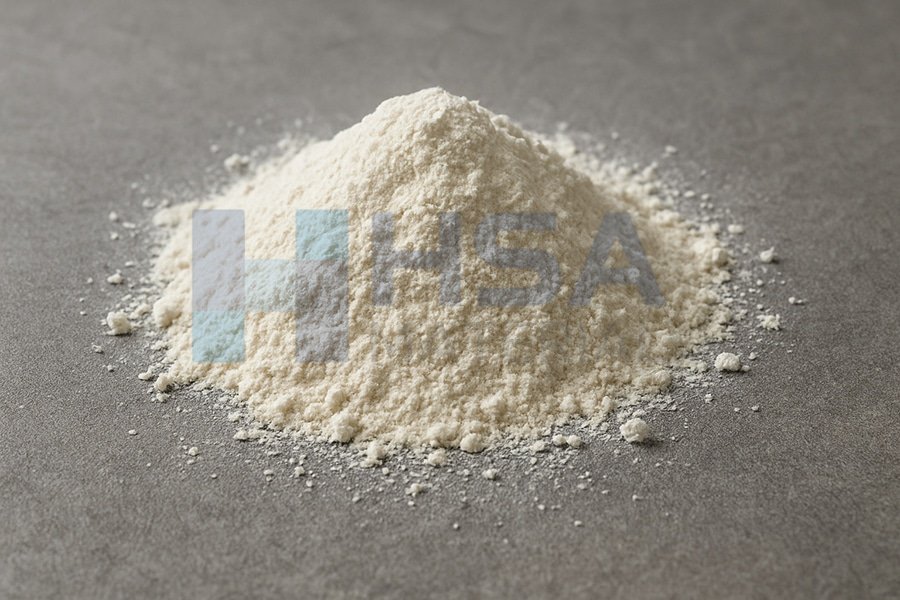Micro silica, also known as silica fume or condensed silica fume, is a byproduct of the production of silicon or ferrosilicon alloys. It is composed of very fine particles (typically around 1 micron in diameter) and has a high surface area-to-volume ratio. This makes it an attractive addition to concrete for several reasons.
Improve concrete strength
One of the main reasons micro silica is used in concrete is to improve its strength. The tiny particles of micro silica fill in the gaps between the cement particles and create a more dense structure. This results in a stronger concrete that can withstand higher loads and pressures. Additionally, the high surface area-to-volume ratio of micro silica allows it to react with the calcium hydroxide in the concrete to form additional cementing compounds, further enhancing the strength of the concrete.
Improve concrete durability
Another benefit of using micro silica in concrete is that it improves its durability. The small size of the particles allows them to penetrate deep into the concrete, creating a more uniform structure that is less prone to cracking and spalling. This can help to extend the life of the concrete and reduce maintenance costs.
Improve the workability of the concrete
In addition to strength and durability, micro silica also offers other benefits when used in concrete. For example, it can help to reduce the permeability of concrete, making it more resistant to water and chemical attack. This can be especially important in applications where the concrete will be exposed to harsh environmental conditions.
Micro silica also improves the workability of the concrete. This is because the particles of micro silica are so small that they can easily fill in the spaces between the larger cement particles, creating a more fluid mixture. This can make it easier to place and finish the concrete, reducing the amount of labor required.
Reduce the heat of hydration in concrete
It is also used to reduce the heat of hydration in concrete. Due to the high surface area, silica fume reacts with the calcium hydroxide and produces a large amount of heat. This heat can cause cracking and thermal stress in large concrete structures. Using silica fume reduces the heat of hydration and thus, reduces the cracking and thermal stress.
Summary
In conclusion, micro silica is a valuable addition to concrete for several reasons. Its small particle size and high surface area-to-volume ratio improve the strength and durability of concrete, while also reducing its permeability and increasing its workability. Additionally, it helps to reduce the heat of hydration in concrete which is beneficial in large concrete structures. With its many benefits, it is no surprise that micro silica is increasingly being used in the construction industry to produce high-performance concrete.





